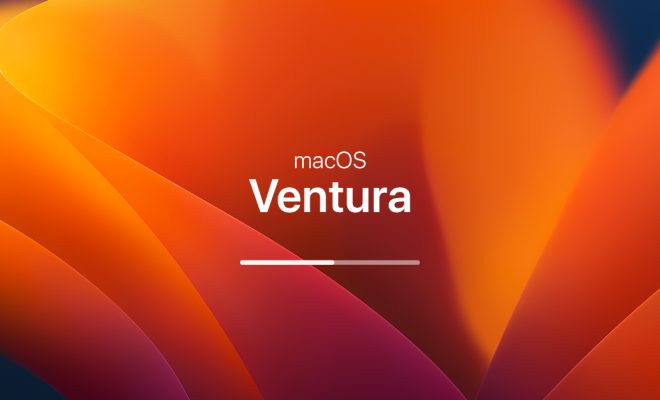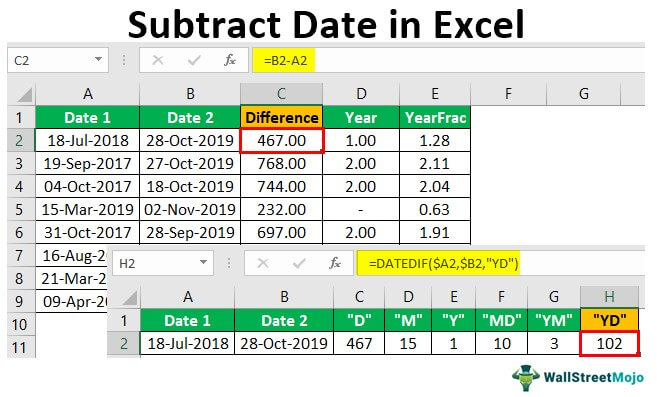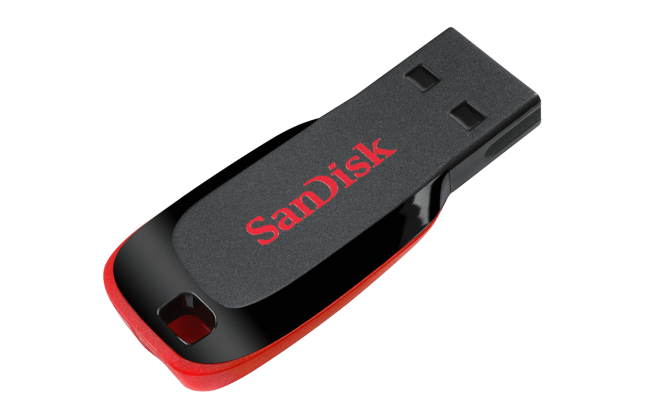What Are Digital Media File Formats?

Digital media file formats are the specific coding structures used to encode different types of digital media files such as audio, video, images, and documents. They are an important aspect of digital media as they determine the compatibility and the quality of the digital file during playback and sharing.
Digital media file formats have evolved over time and have become more sophisticated to meet the needs and demands of different devices and applications that are used to access and play digital media files. These formats vary in terms of compression, resolution, and compatibility and are often optimized for specific devices or platforms.
Audio file formats are among the most popular digital media file formats. They include MP3, WAV, AIFF, AAC, and FLAC. These formats compress audio files to reduce their size without losing quality. MP3 is the most commonly used audio file format and is supported by most devices and software applications.
Video file formats are also an important aspect of digital media file formats. They include AVI, MP4, WMV, and MOV. These formats vary in terms of resolution, frame rate, and compression. They are optimized for specific devices and platforms and require compatible media players for playback.
Images are also encoded in specific digital media file formats. Common image file formats include JPEG, PNG, BMP, and GIF. These formats determine the quality, resolution, and color depth of the image. They are also optimized for specific devices and applications.
Documents are also encoded in specific digital media file formats. Examples include PDF, DOC, XLS, and PPT. These formats are optimized for documents and spreadsheets and are used for exchanging information and data electronically.
In conclusion, digital media file formats are an important aspect of digital media that determine the quality, compatibility, and the ability to access and share digital media files. There are different types of digital media file formats, and each one is optimized for specific devices and platforms. As digital media continues to evolve, so will the formats used to encode and store digital media files.






